Headpiece monitors sensory responses to digital content for intuitive bookmarking
A wearable 3D-printed eyeglass that monitors breathing and pupil size to measure what people find interesting online has been developed by students at the Royal College of Art and Imperial College (+ movie).
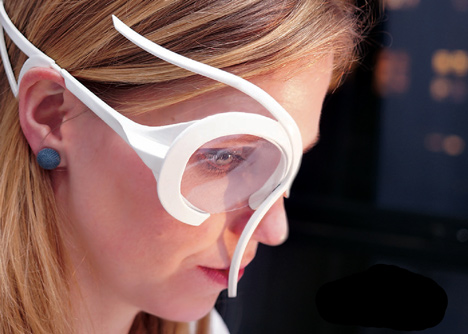
Developed by Sanya Rai, Carine Collé and Florian Puech, students of the RCA and Imperial College's joint Innovation Design Engineering course, the Amoeba is equipped with sensors designed to monitor three instinctive responses that indicate a person’s interest in what they see.
This sensory data is collated to create an intuitive alternative to bookmarking and other systems for keeping track of digital content.
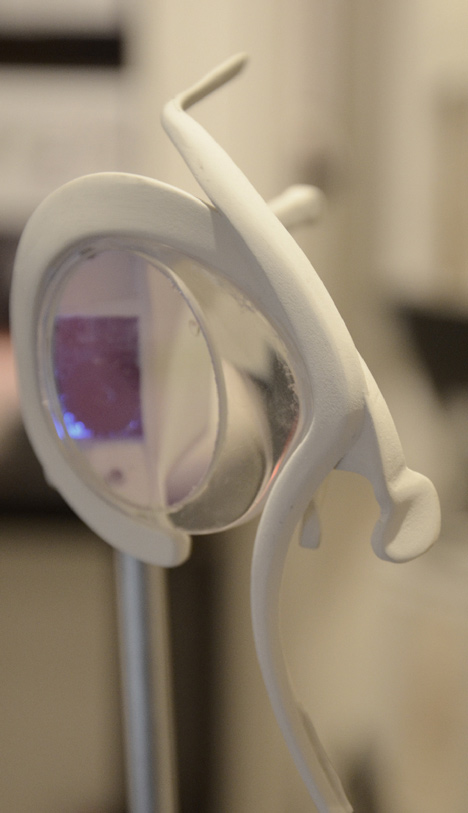
"We believe that with the advent of wearable technologies, where devices will be constantly mapping every moment of our lives, organising our personal data will be a monumental task," explained the team.
"Amoeba can help ease this process by bringing only the most interesting stuff to the forefront, making sure we never miss out on the important stuff and saving us a lot of time and effort."
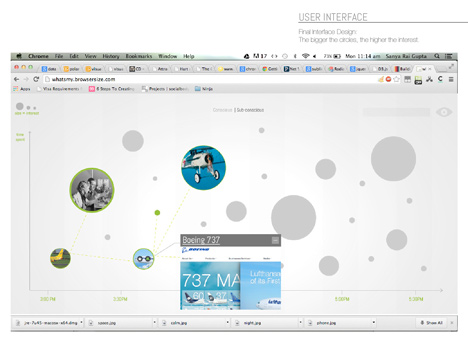
Designed in CAD and manufactured on a 3D printer, the design is, according to Sanya Rai, "a statement piece to let the world know that the wearer is immersed in research."
The Amoeba records breathing rates using heat sensitive receptors near the wearers mouth. It has a camera embedded into the lens to measure pupil size and sensors on an arm that measure the electrical conductance of the skin, which varies with moisture levels generated by sweat.
These three elements combined create a snapshot of data about the emotional response of the wearer when they look at content.
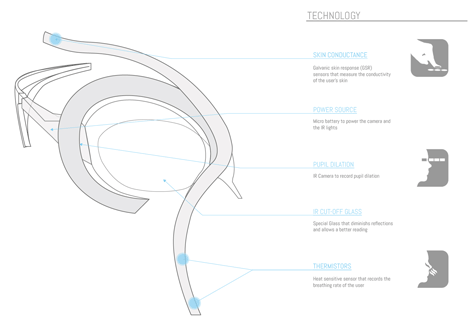
The data is then converted into a digital signal which creates a visual map that can be viewed with Google’s Chrome browser.
According to the development team, the Amoeba has several applications including measuring the impact advertising has on potential customers.
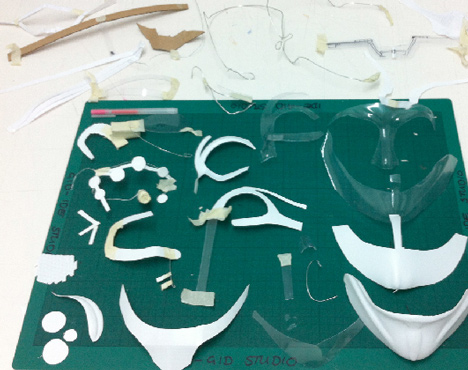
"Amoeba reveals the true underlying changes in a user’s bio-data in order to get an honest and unbiased feedback to product developers and the industry."
Another potential area of use is in measuring student engagement in online education. “The drop out rate from online courses is over 90 percent,” the team said. "Amoeba will help to tailor learning platforms according to the subconscious reactions of the user and thus keep him motivated and engaged on the learning platform."
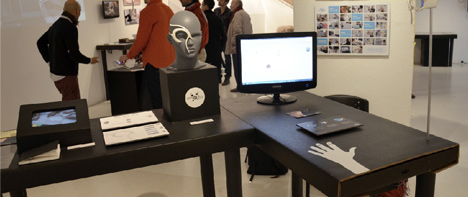
The students are currently developing the Amoeba to be able to measure interest in all digital content such as music and film, not just websites.
"Our final vision would be to have Amoeba as an embedded feature in all wearable devices so that it can help streamline all content for the user, bringing to the forefront only the most interesting stuff rather than the entire daily log of data," said Rai.